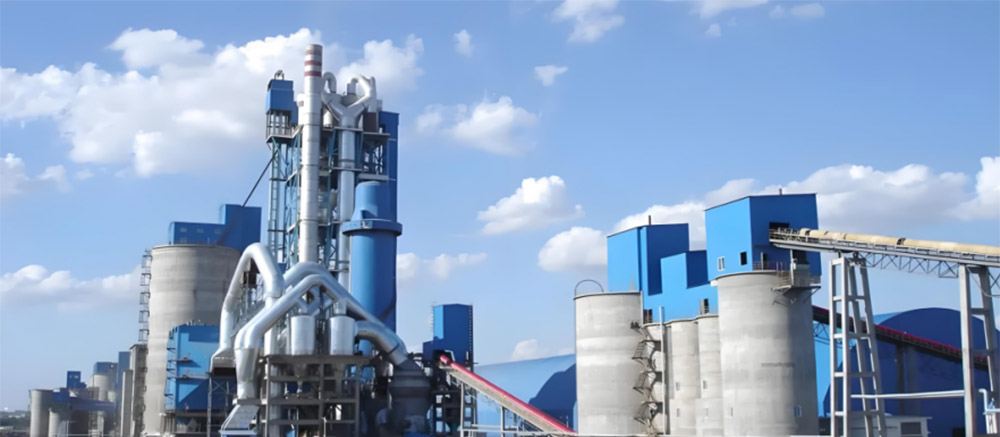The advantages of SNCR in the cement industry are mainly reflected in the efficient use of reducing agents, reducing the amount of ammonia water, reducing ammonia escape and odor nuisance, and achieving ultra-low emission requirements.
Selective non-catalytic reduction (SNCR) technology for desulfurization and denitrification is a known gas denitrification method that has been successfully applied in the cement industry. The basic working principle of this technology is to inject a reducing agent such as ammonia water into the flue gas flow at a suitable temperature, and the reducing agent reacts with nitric oxide and nitrogen dioxide to produce nitrogen and water. However, the operation of traditional SNCR systems is not ideal, mainly due to the poor quality of the injection system, the installed injectors cannot cover the appropriate injection area well, the reducing agent is evenly distributed to all injectors, and the actual gas temperature in the injection area is not fully considered.

To solve these problems, the intelligent and efficient denitrification system (heSNCR) uses a fully data-driven approach of machine learning to analyze the firing system, simulate the impact of specific process conditions on the efficiency of existing SNCR spray guns, and help select suitable nozzles and installation locations. This ultimately leads to a compliant nitrogen dioxide limit and significantly reduces the consumption of reducing agents. Specifically, the effectiveness evaluation and prediction system of the SNCR nozzle analyzes the production process data, establishes a neural network and mechanism model, and can quickly and accurately predict and output the prediction results online, such as NOx/NH₃ content, so as to achieve efficient utilization of ammonia water and reduce unnecessary ammonia escape, and achieve the highest possible NOx removal rate.
In addition, by adopting an intelligent and efficient denitrification system, the amount of ammonia water is reduced by 30-40%, and the hourly average of NOx can be smoothly controlled below 200 mg/Nm³、100 mg/Nm³、50 mg/Nm³, respectively, meeting the ultra-low emission requirements of the cement industry. This not only reflects the significant advantages of SNCR technology in the cement industry, but also provides effective technical support for cement production enterprises to achieve environmental protection standards.



